
Gwalior Fort is one of the most artistic marvel, with an exquisite relationship between craftsmanship and architecture that I have seen across India despite its suffering of age. Spread out on top of a hill, it actually finds its place among the best fortresses of India. On seeing every nook, corner, facade or details of this place, one feels why can't its missing pieces be reconfigured to view what must be the original structure like!!
[Since it sits on hill-top terrain, it is recommended to take a taxi/cab to reach to the monument, given the intense sun exposure with completely empty stretch of land around, unless you would be one to enjoy a small hike!
There is a taxi service stand/point at the foot of the entry to the campus which would cost you nominal genuine price for the travel uphill.]
[Gwalior fort ticket price: Indian tourists: INR 75 for adults and Children: INR 40 (above 15 years of age). Foreign tourists: INR 250 for adults.
Timings to visit Gwalior Fort: 9:00 am to 5:00 pm all days.]
The fort is so very awe-strikingly beautiful structure. And here is its detailed observational photographic documentation, which hopes to generate the utmost euphoria for one to just observe, touch-and-feel, and be in pride of the treasure that the historical built-forms of India bags.
Without second thought, it is the Must Must Visit in Gwalior!
There are 11 Jain temples in the fort campus dedicated to Jain Tirthankaras. The statues of the idols are cut out of rock, intricately carved in natural stone.
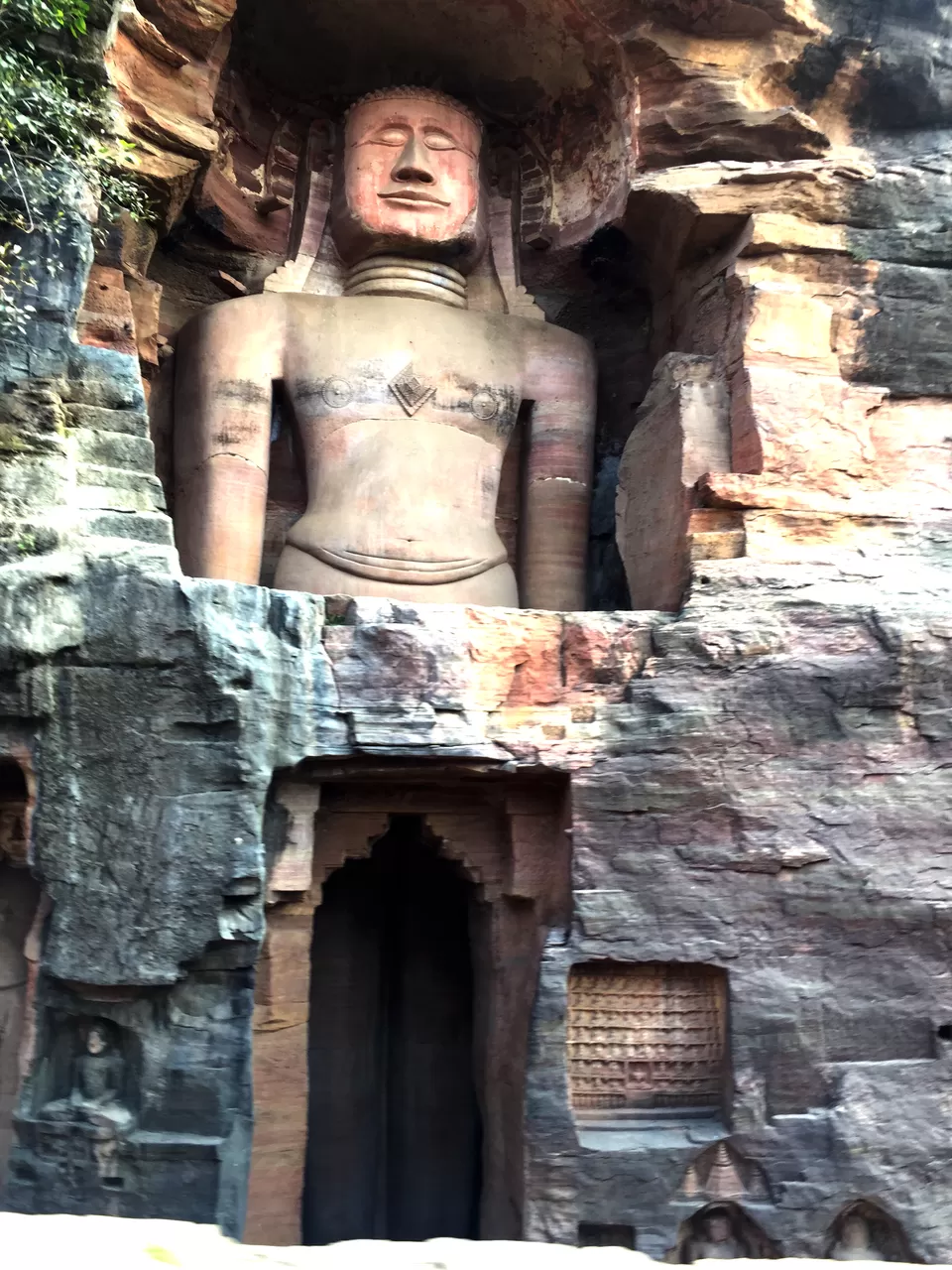
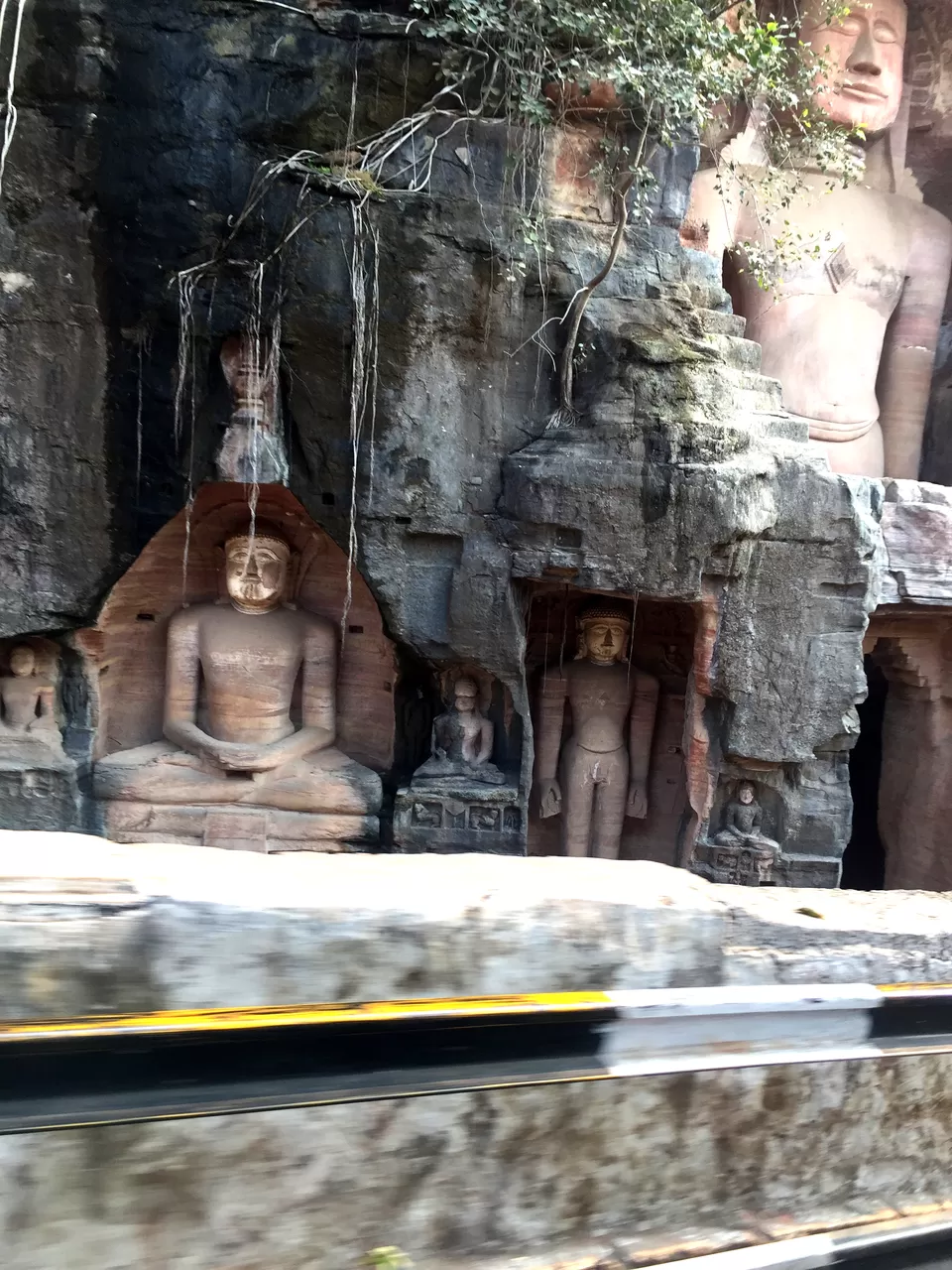

The Gateway to the terrace-form bastion of the fort.
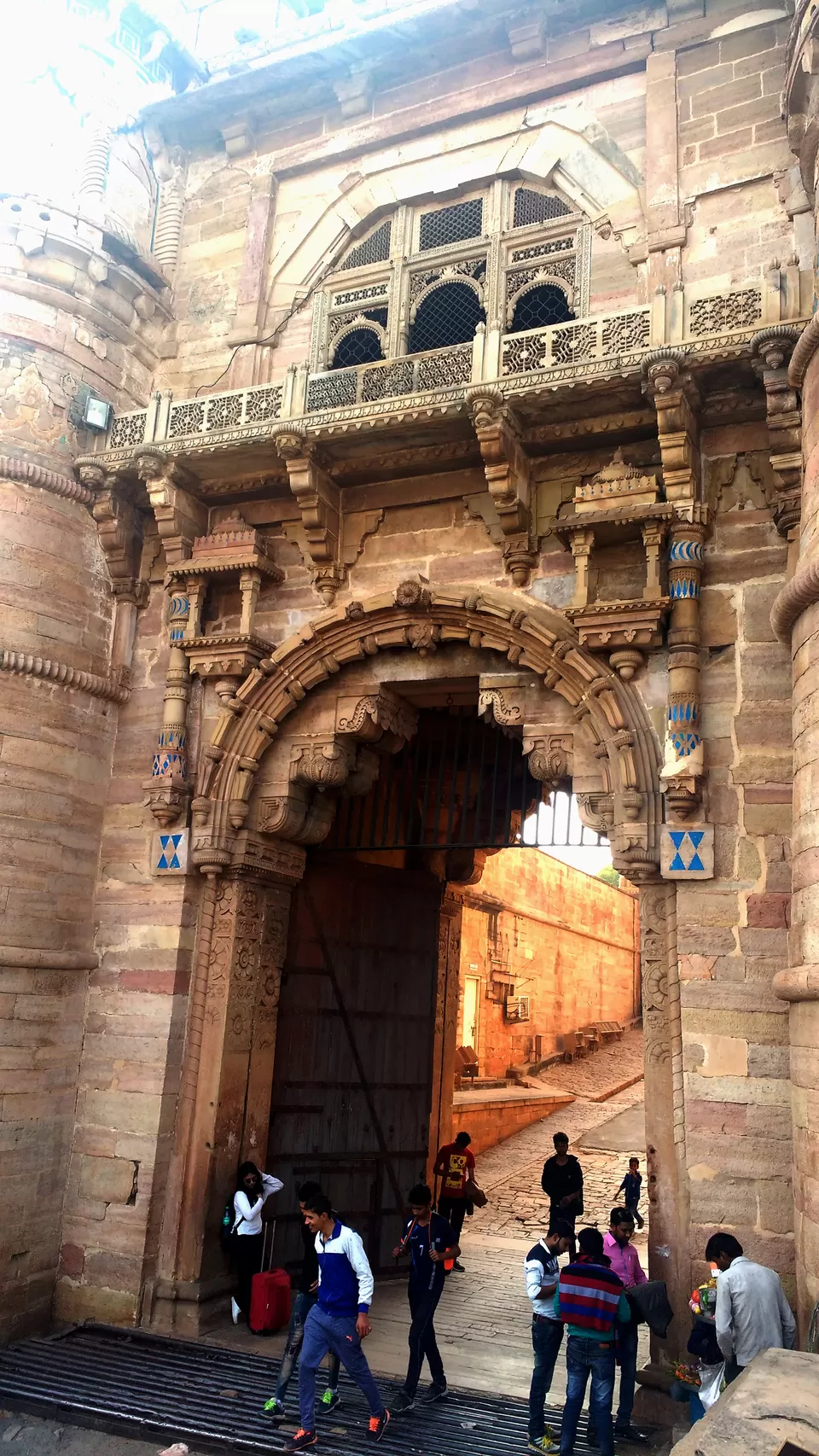
The almost hand-stitched-feel like lattice-screens (jaali), with a number of patterns, as if designed personally to appeal to the number of eyes looking at it, was one of my favorite elements of the structure! Which continues to reappear in the interiors as well!
The view of the city from the gate is magnificent with the fort ramparts framing it and making it one of the most impenetrable forts in India.
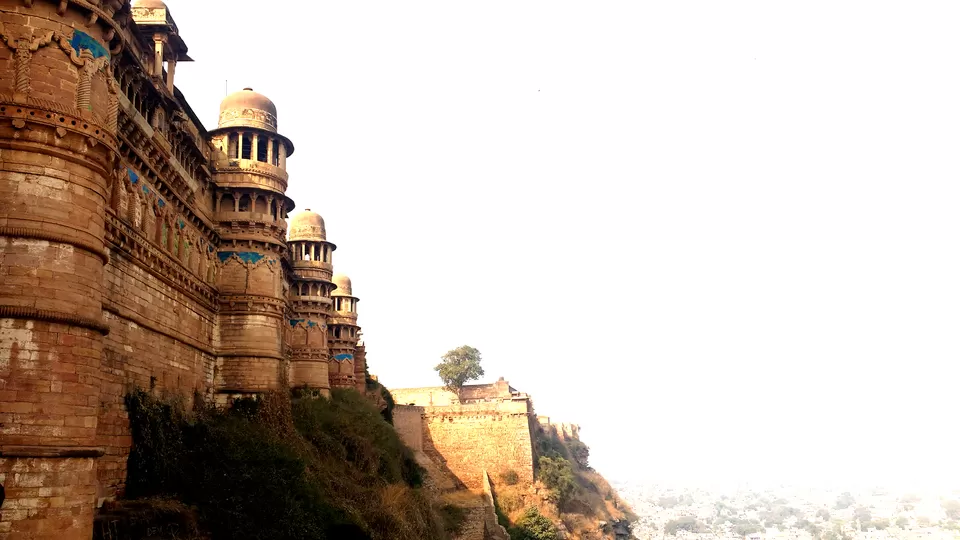
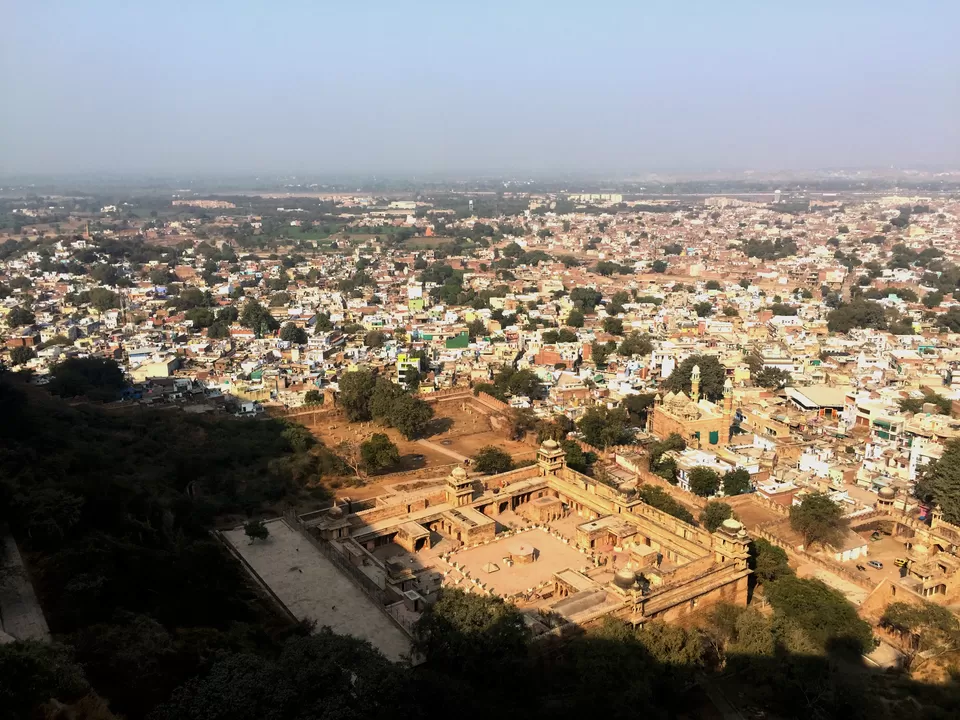
The far-stretched view of what is called Old Gwalior, shows tiny blocks of houses and bronze-ochre shade monuments discretely rising from the ground.
The guide that we took along on our walk was one bombarding us with all the folklore, many of which sounded very difficult for us to buy as real! They were as if made up by him, which we thought is the case with extreme history chapters anyway. He told us that the Mahal (/palace) built by Raja Man Singh Tomar, then ruler of Gwalior for his wife Mrignayani, a Gujar (caste) princess was one of her granted wishes, agreed upon proposal for marrying her. She was his 9th wife, and as the other stories go, she was a valiant woman of extremely independent nature and wanted her own palace with a regular water supply through an aqueduct from the nearby Rai River, same as what the fort received. - A price he had to pay for his first-sight attraction towards her apart from obviously, the wrath of other spouses!
The palace was an obscured abode in the middle of the city within the view of the fort, it is now turned into an archaeological museum.

Walking inside the fort, one discovers minute details of carvings on the corbeling, chhattris and fort walls.
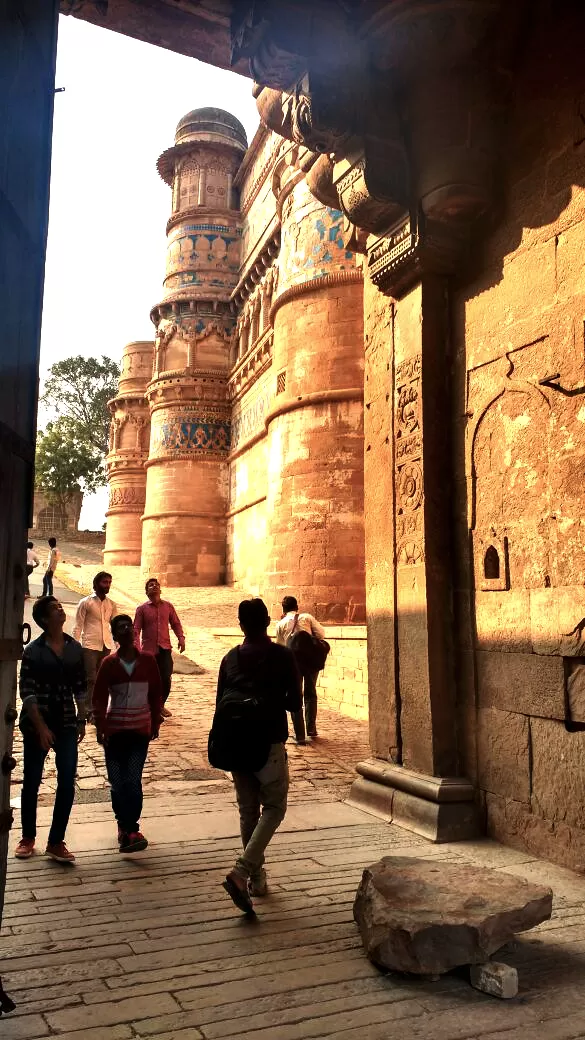
Some of the oh-SO-fascinating elements in the complex of Man Mandir -
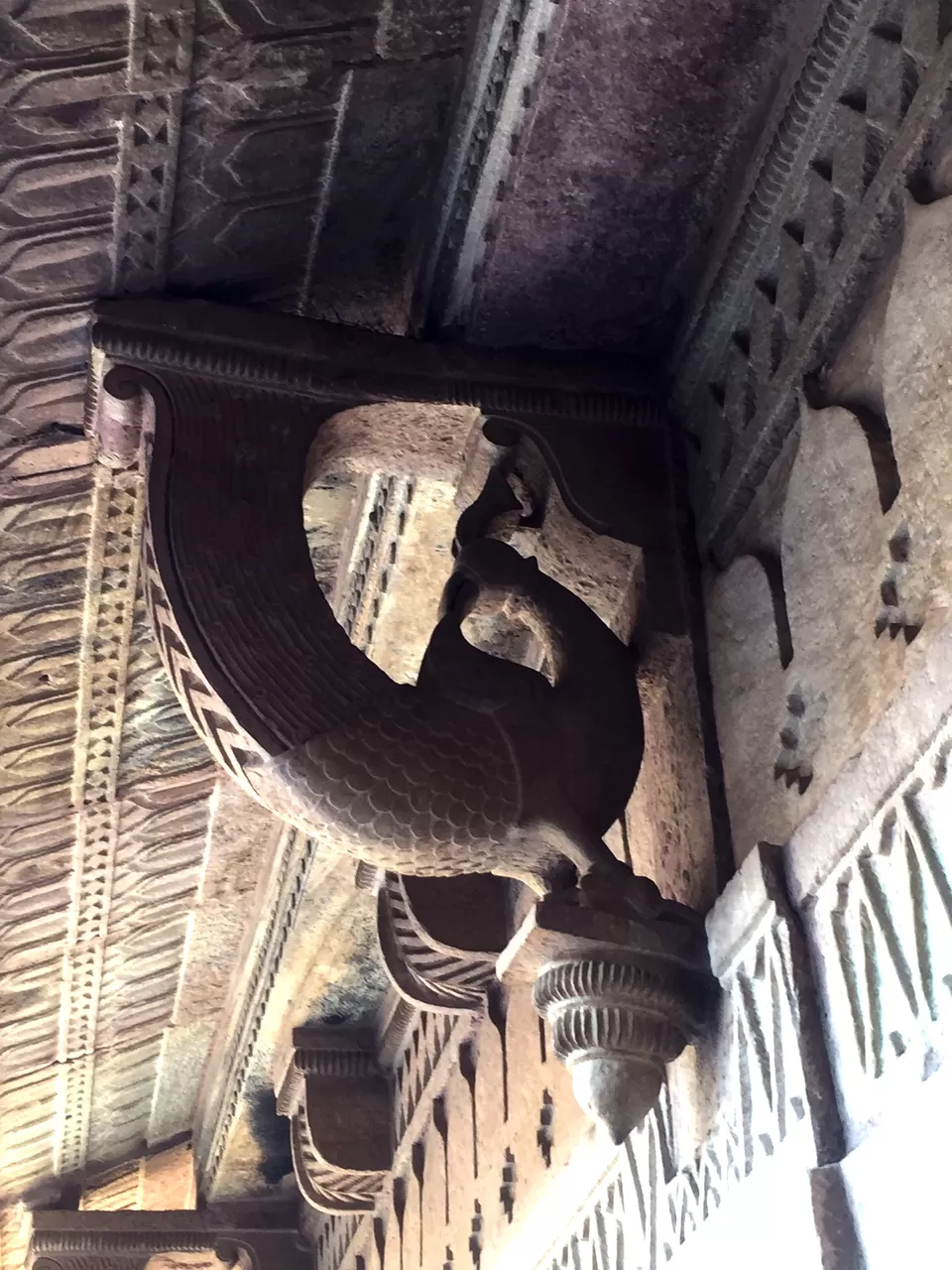
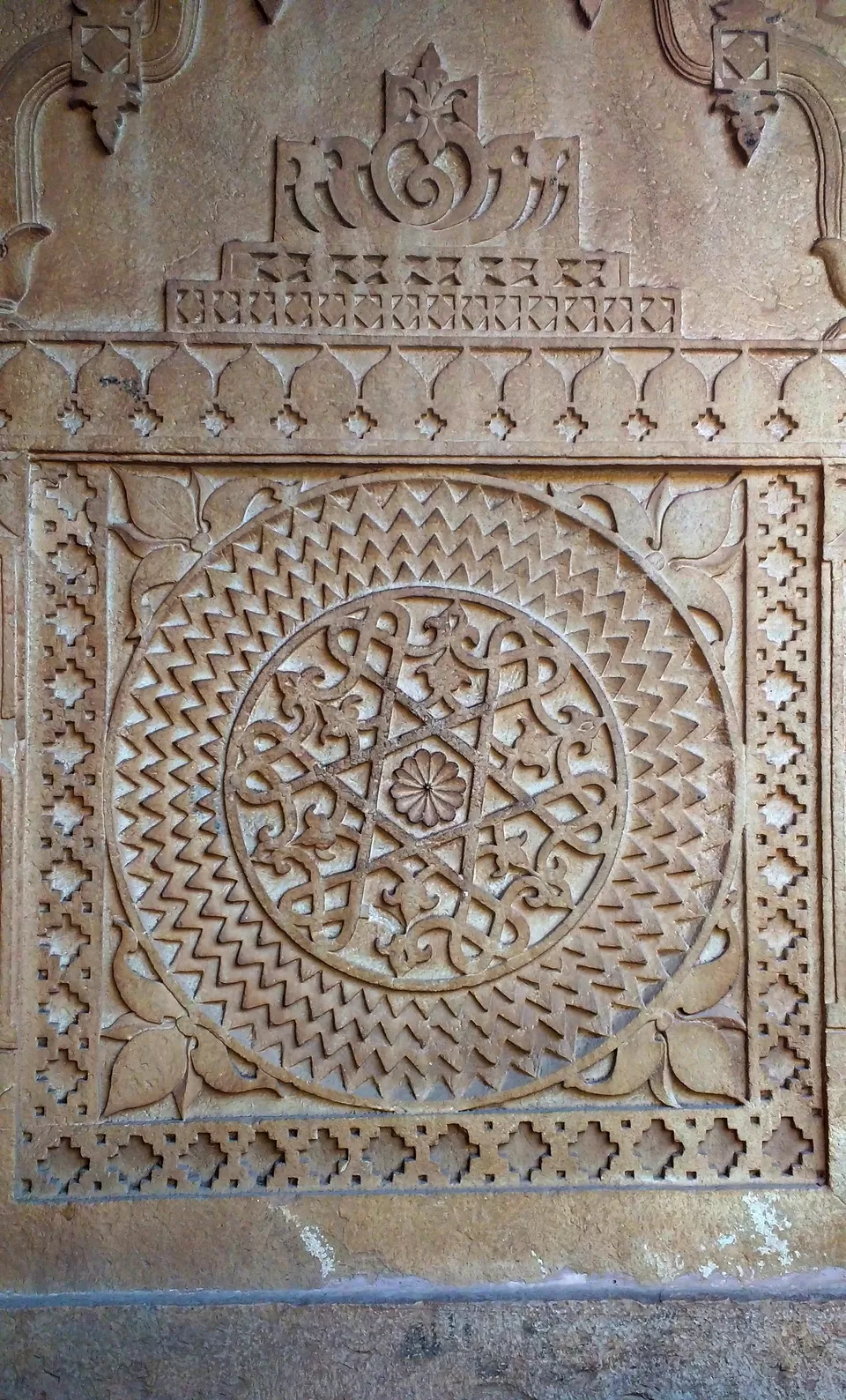
The carving in Sandstone of the Emblem of Tomar Clan, then rulers of Gwalior during 14th-16th centuries.
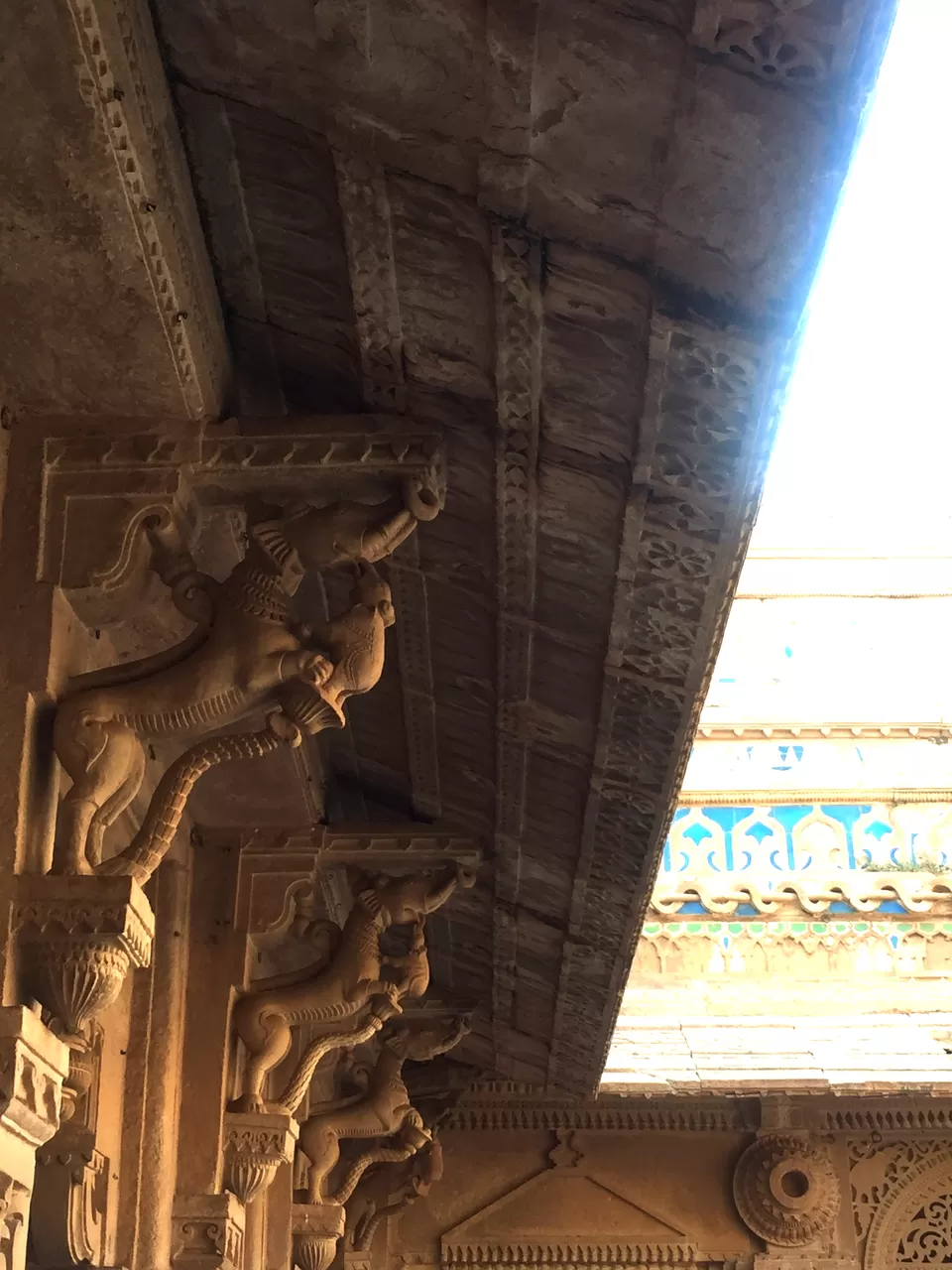
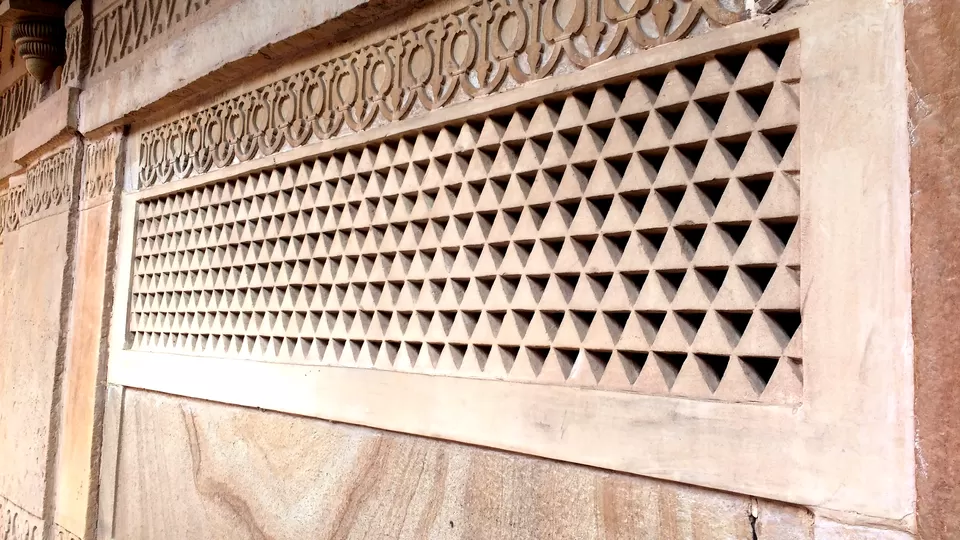
Man Mandir, constructed by Maharaja Man Singh was a two storeys high and three floors under ground building. The floors below were designed to pass sun light and ventilation inside and it is said, there is a unique communication system to talk between floors by using hollow pipes. These underground floors were used by the queens. Another nail-biting story goes like; subsequently, Aurangzeb had used this place as a prison and here, he killed his brother Murad Baksh by poisoning him with opium.
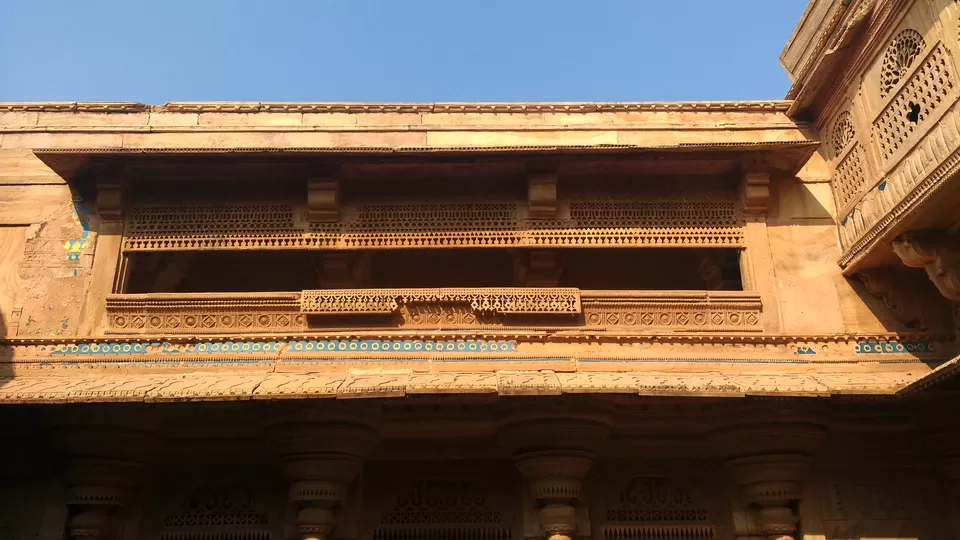
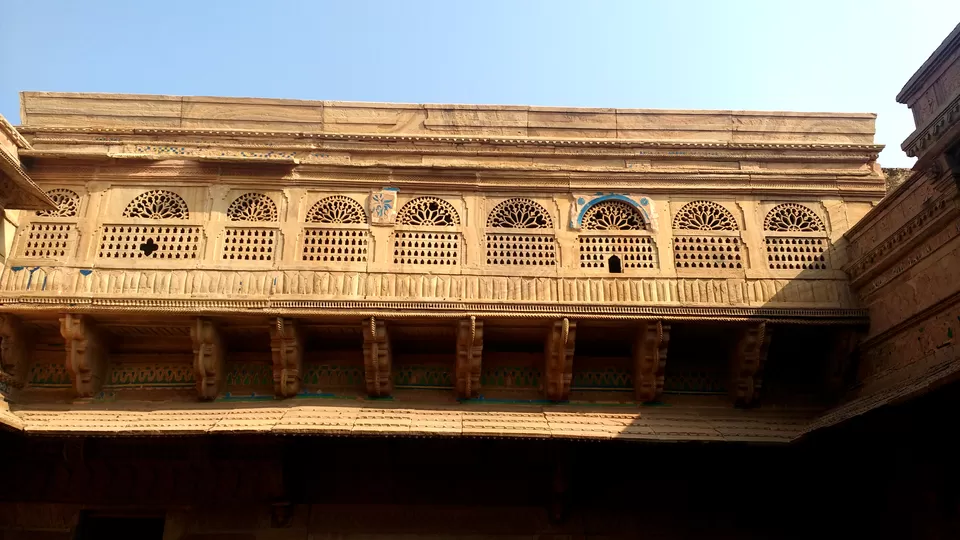
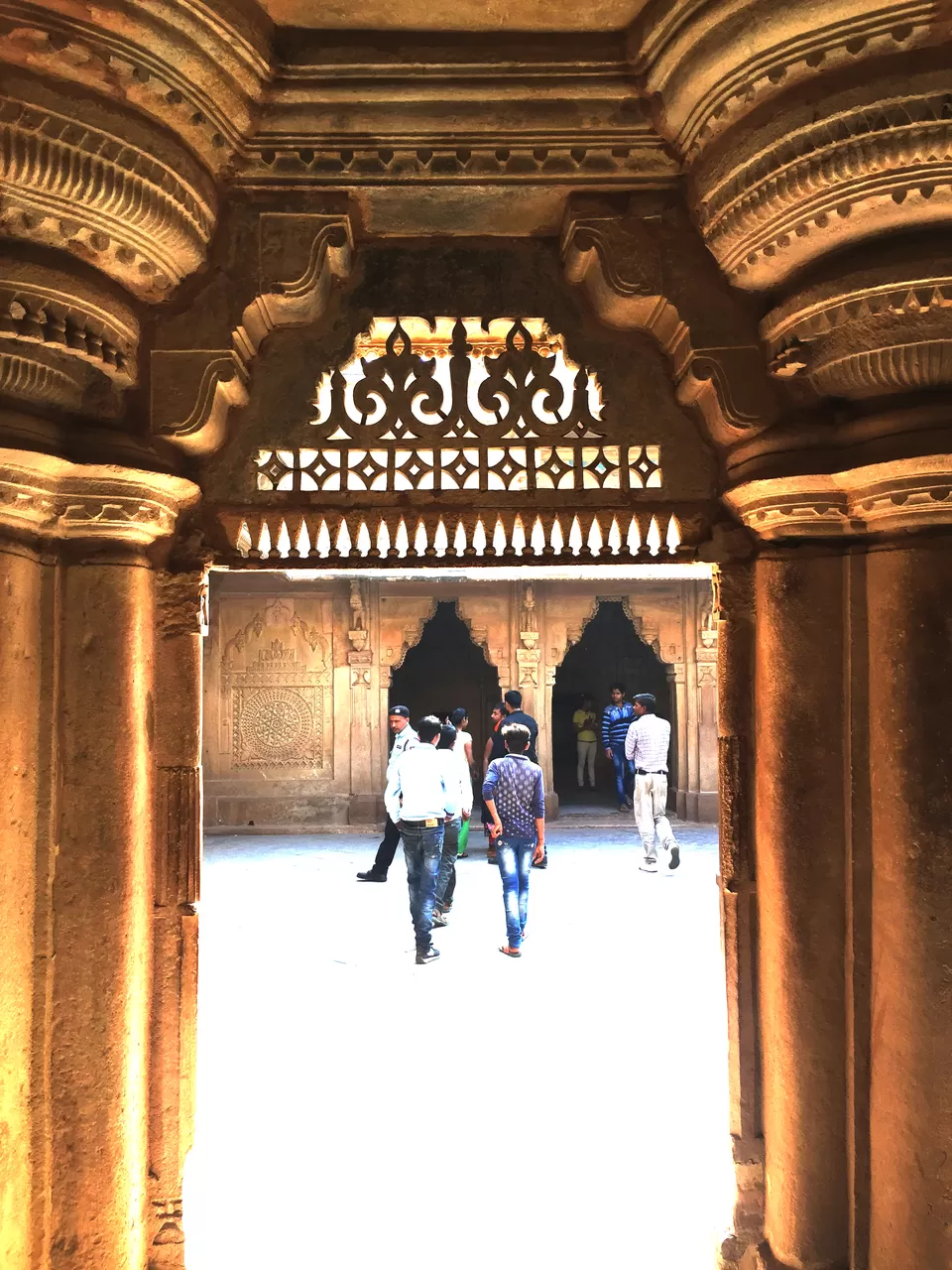
Raja Man Singh has been talked of as a person who enjoyed music a lot and there is a music/ dance hall where singers from different parts of the city were allowed to display their talent.
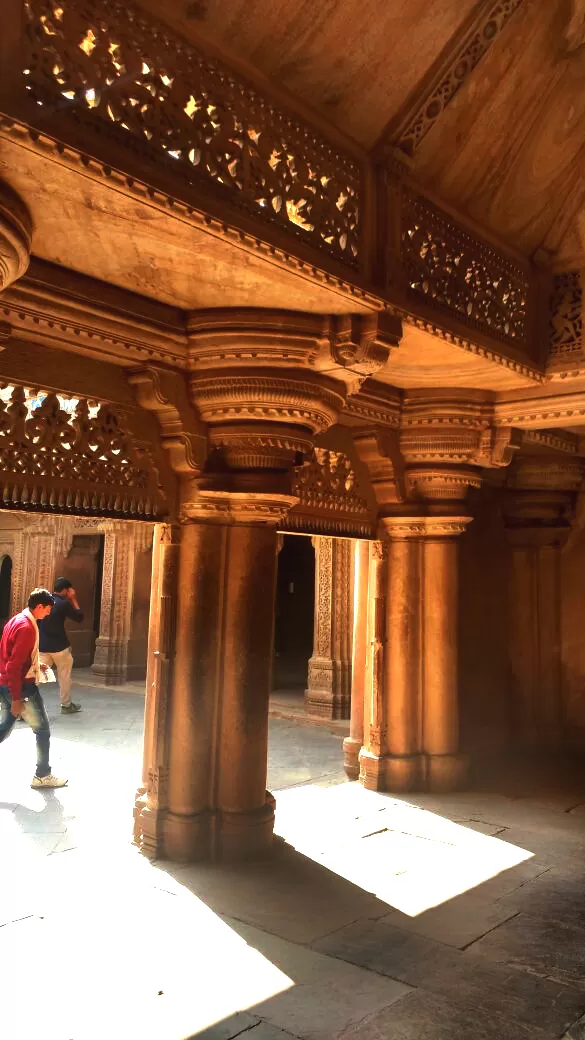
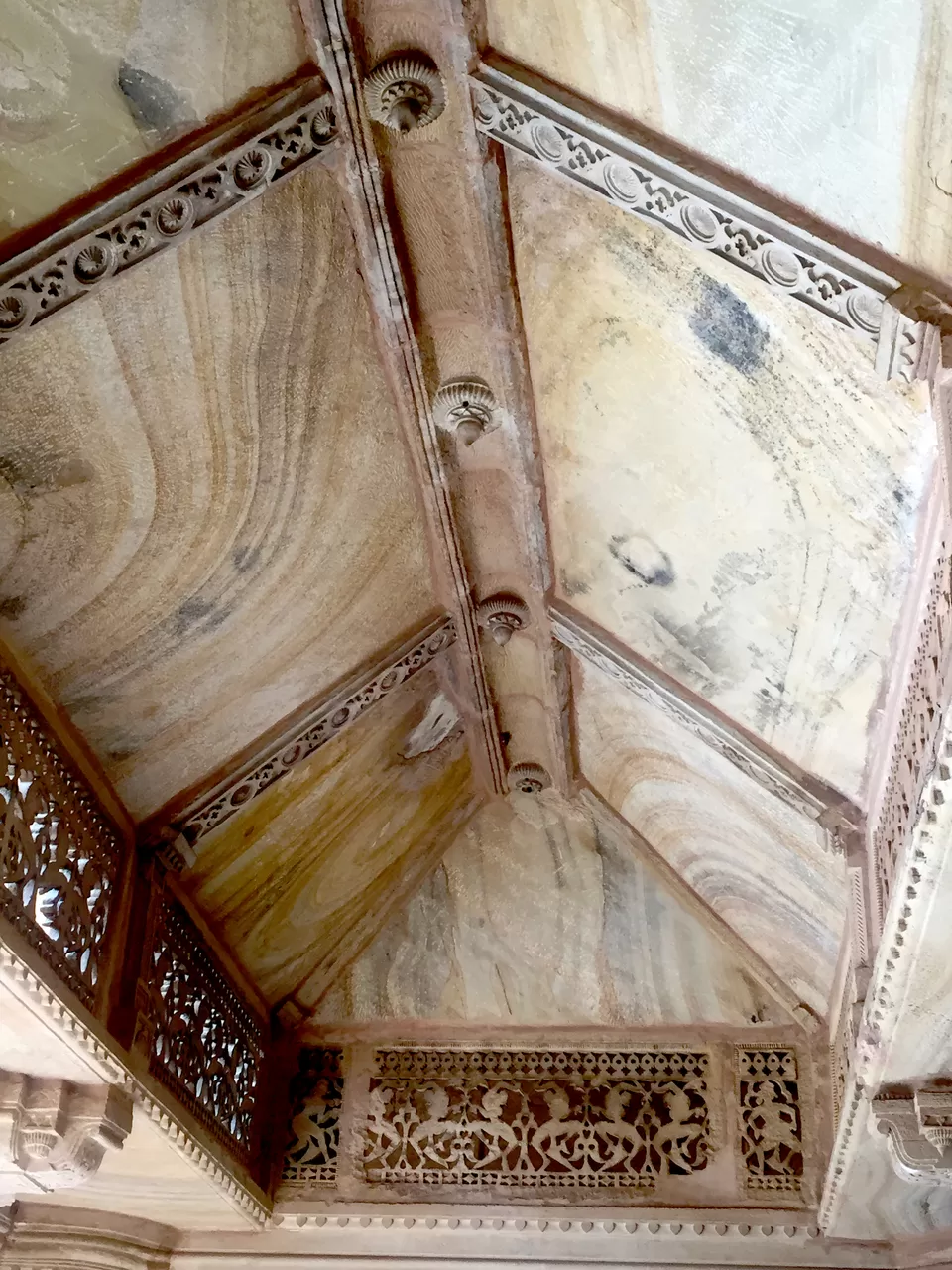
The rear of the fort has some spectacular silhouettes of the fort visible in the evening light.
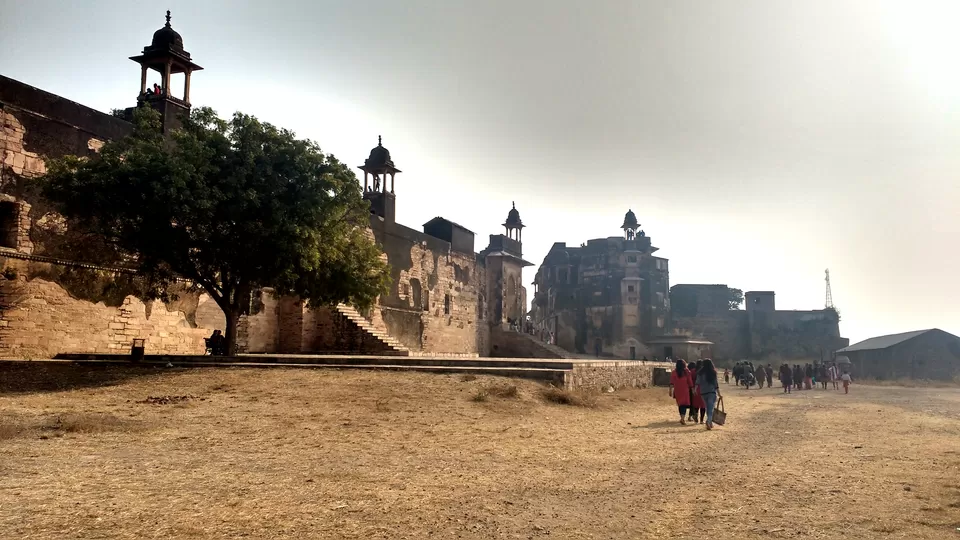
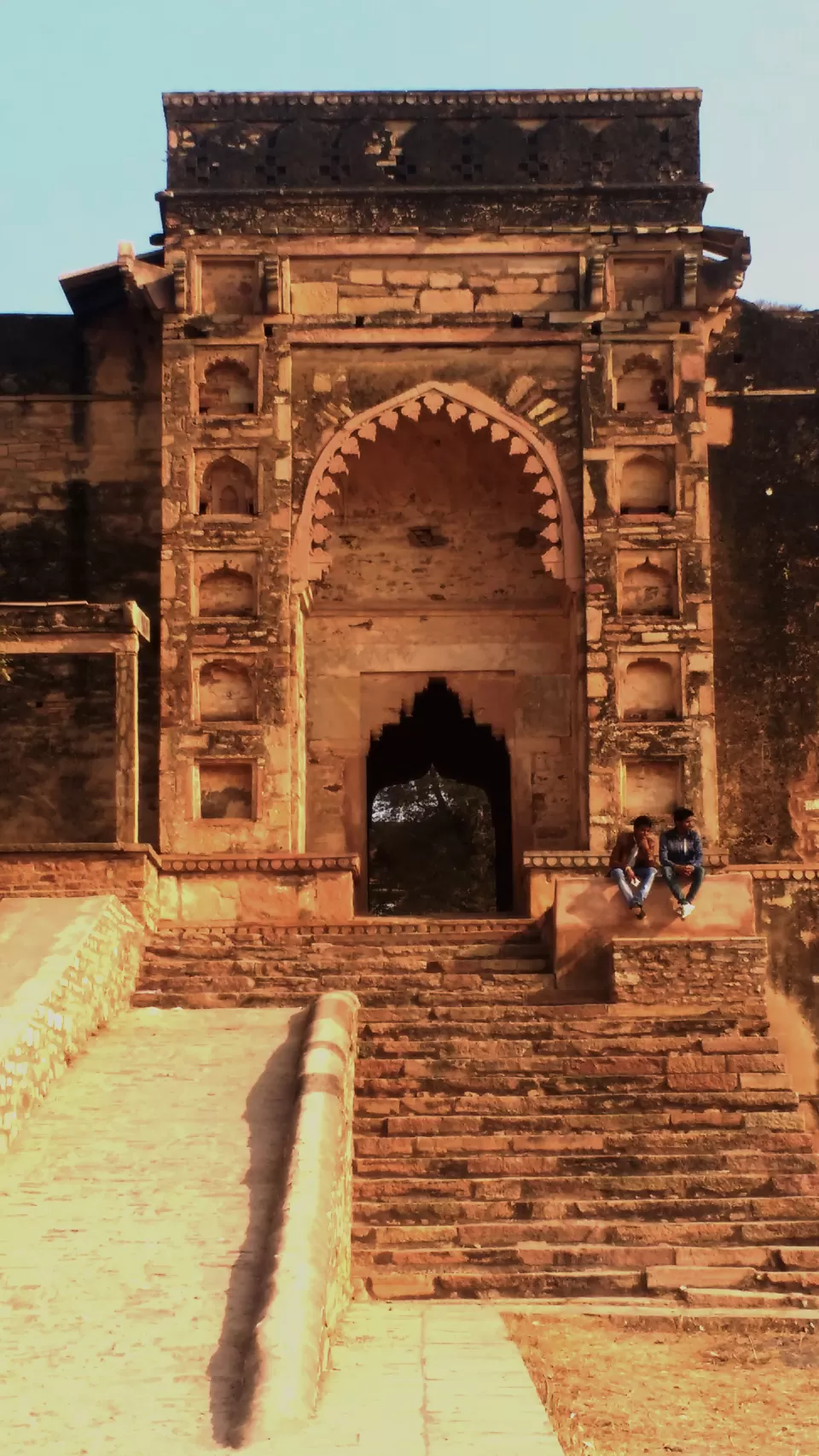
On walking around here in this open dry field (now), one finds a small pond with a pavilion like structure right behind it.

This is Jauhar Kund, the place where various Rajput women committed mass suicide to avoid atrocities done by the forces of Iltutmish, the king of Delhi in the 13th century AD.
This part of the campus, although completely barren-looking and under-kept also unveiled a great package of stories!
Gwalior Fort, a monument once a living masterpiece of dynastic symbolism, is now an aged assemblage of broken tales with the background of fine architecture!
Frequent Searches Leading To This Page:-
places to see around gwalior fort, gwalior fort architecture, gwalior fort madhya pradesh information, historical places in madhya pradesh, historical sites in madhya pradesh
